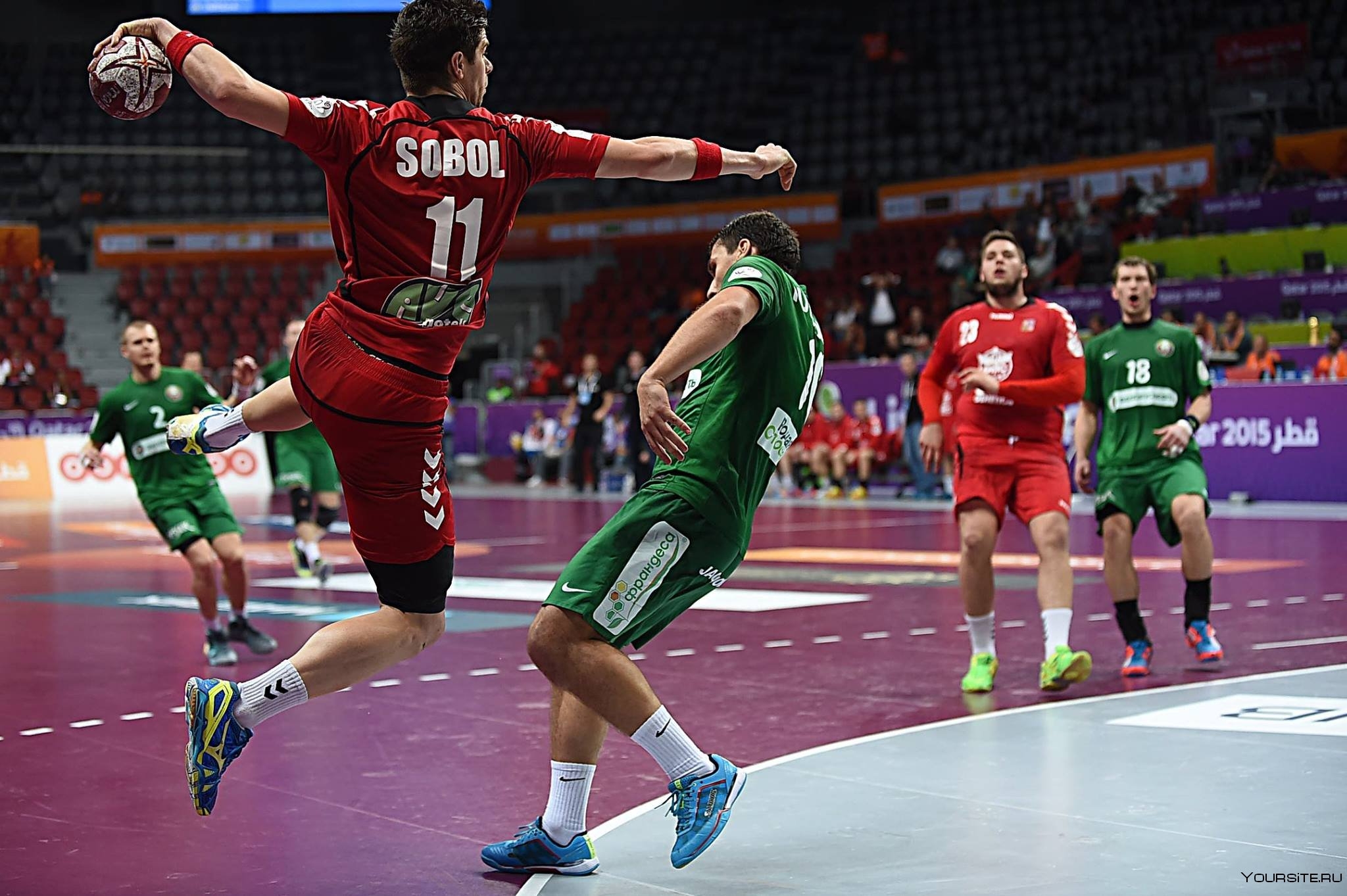The Thrilling World of Handball: A Sport of Skill, Speed, and Strategy

Handball, a dynamic and fast-paced sport, combines the finesse of basketball, the physicality of soccer, and the strategic acumen of many team sports. Played on a court with two teams of seven players each (including one goalkeeper), handball is beloved worldwide for its intensity and excitement.
Origins and Evolution
Originating in northern Europe in the late 19th century, handball has evolved significantly over the years. Initially played outdoors on grass, the sport transitioned to an indoor court format, which allowed for faster gameplay and strategic maneuvers. Handball gained popularity across Europe, eventually spreading to other continents, where it continues to grow in prominence.
Rules and Gameplay
Handball is played on a 40m x 20m court, with goals similar in size to those in ice hockey. The objective is straightforward: score by throwing the ball into the opponent's goal while preventing them from doing the same. Players can dribble, pass, and shoot the ball, with dribbling akin to basketball but restricted to three steps without dribbling.
The game unfolds in two halves of 30 minutes each, with teams aiming to outscore their opponents through a mix of teamwork, skillful passing, and accurate shooting. The goalkeeper, equipped with padded gloves, plays a pivotal role in defense, using reflexes and anticipation to block shots.
Skills and Strategy
Handball demands a diverse skill set from its players. Agility and speed are essential for maneuvering on the court, while hand-eye coordination and ball-handling skills are crucial for effective passing and shooting. Players must also possess tactical awareness to anticipate opponents' moves and exploit gaps in defense.
Teams often employ various formations and strategies, such as fast breaks, set plays, and defensive formations like the 6-0 or 5-1 defense, to gain a competitive edge. The sport's fluidity and rapid transitions between attack and defense make it both mentally and physically demanding.
Global Reach and Popularity
Handball enjoys widespread popularity in Europe, particularly in countries like Germany, Denmark, France, and Spain, where it is considered a major sport. It has also gained traction in other parts of the world, with growing interest in countries across Asia, Africa, and the Americas.
The sport's appeal extends beyond its competitive aspect; it fosters camaraderie, discipline, and teamwork among players. Tournaments like the IHF World Men's and Women's Handball Championships, the European Handball Federation Champions League, and the Olympics showcase the sport's global appeal and competitive spirit.
Conclusion
In conclusion, handball continues to captivate audiences with its blend of athleticism, strategy, and excitement. Whether played at the recreational level or on the world stage, handball stands as a testament to the enduring appeal of team sports that combine skillful play with thrilling action. As its popularity grows globally, handball promises to remain a staple of the international sporting landscape, delighting fans and inspiring athletes for generations to come.
- Arts
- Business
- Computers
- Παιχνίδια
- Health
- Κεντρική Σελίδα
- Kids and Teens
- Money
- News
- Recreation
- Reference
- Regional
- Science
- Shopping
- Society
- Sports
- Бизнес
- Деньги
- Дом
- Досуг
- Здоровье
- Игры
- Искусство
- Источники информации
- Компьютеры
- Наука
- Новости и СМИ
- Общество
- Покупки
- Спорт
- Страны и регионы
- World


